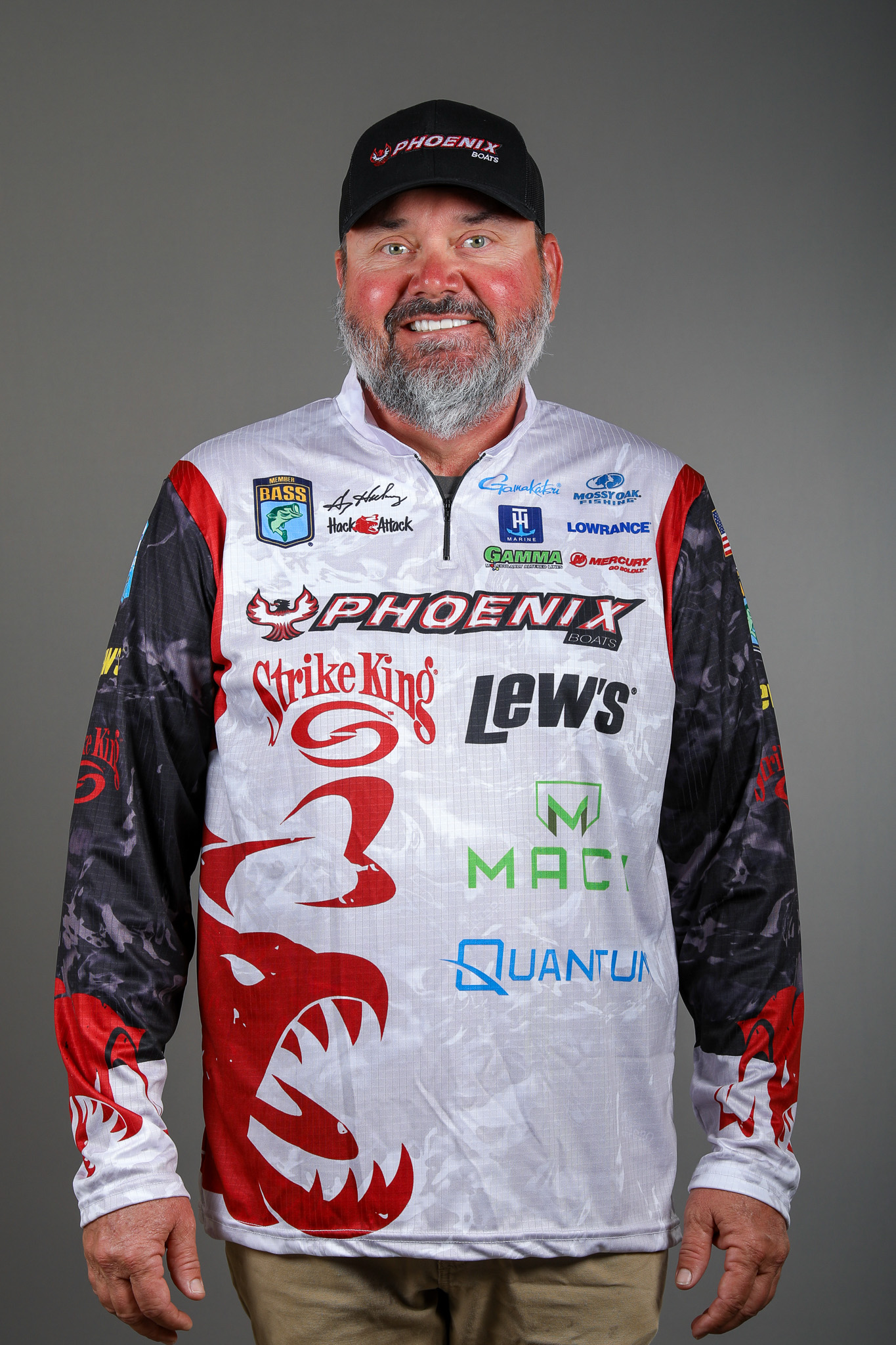
OK, we’re getting ready for the Toyota Bassmaster Texas Fest benefiting the Texas Parks and Wildlife Department on Sam Rayburn. It’ll be here in a few days. I’ve been getting my tackle ready and organizing my big, deep-running crankbaits. I guarantee you I’m not the only one doing that, either. They will play a role in the outcome.
When I say that, though, I realize that a lot of recreational anglers have trouble fishing these baits. They lack confidence in them because of their size, and they have trouble getting them down where they need to be without needing a massage at the end of the day.
We’ll talk about the size thing first. These lures aren’t really all that big. They just look big because most everything else we throw is small. I’m with Strike King so I’ll talk about their lures, although I realize there are other good, deep diving crankbaits on the market. In most cases everything I say about Strike King lures applies to them just the same.
If you look at a Strike King 3XD, 5XD, 6XD, 8XD or 10XD, it’ll look big. But a 3XD is only 3.25 inches long and the biggest model, the 10XD, is only 6 inches long. Bass eat forage that big all the time. So, get the size thing out of your head. It doesn’t count for anything.
The next issue we face is fishing them effectively. They run deep — anywhere from 10 to 25 feet depending upon which one you’re fishing. There will be resistance with them. The mistake most anglers make is that they don’t use heavy enough tackle to minimize that resistance.
A crankbait rod won’t get it done. I use a lighter action 8-foot flipping stick. I know it doesn’t have a soft, parabolic bend and it doesn’t give on the strike, and I don’t care. I want to be able to throw these lures with minimal effort. The more bend and whip a rod has the tougher that’ll get.
I also use a big reel, something in the Quantum 300 size range. That lets me make long casts, and it helps me wind my crankbait back in easily so that I can get it down to its maximum running depth quickly all day. I spool it with 16-pound-test Gamma fluorocarbon.
What you’ll notice about what I just said is that it’s all heavy-duty tackle. I’m not interested in subtle. I want my lure down as deep as it’ll go, and I want it moving along at a pretty good clip. If I’m going to do that for hours and hours I have to minimize my physical effort.
The only modification I make to my lure is that I upsize the hooks to a 2/0 size. I want to be able to hold a big bass with only one point and one barb. There’s no reason to do anything else to one of these lures. They run deep and straight at fast speeds right out of the package.
Gone are the days when we had to use light line, file the bill, put a sticky weight on the bill or heat it with a cigarette lighter and then bend it down. Even better — I’m not as young as I used to be — there’s no need to stick the rod tip in the water or kneel and reel. The mechanical engineers with their computers have taken care of that.
If you have any doubts about big, deep-running crankbaits, I suggest you watch what happens on Sam Rayburn. That’ll make you change your mind.

